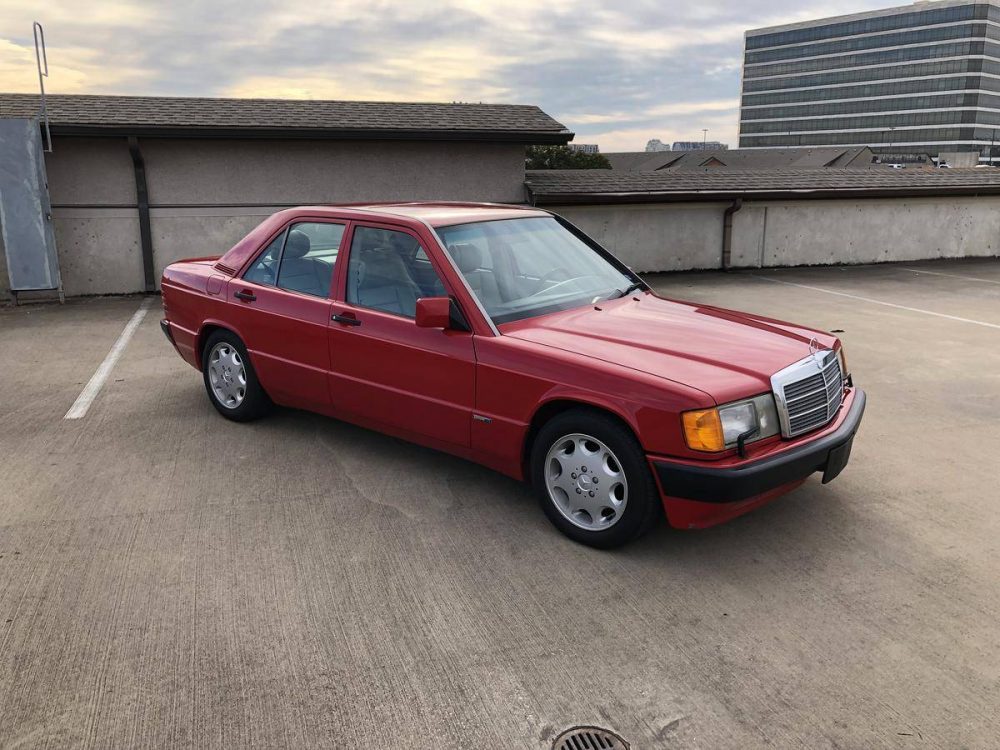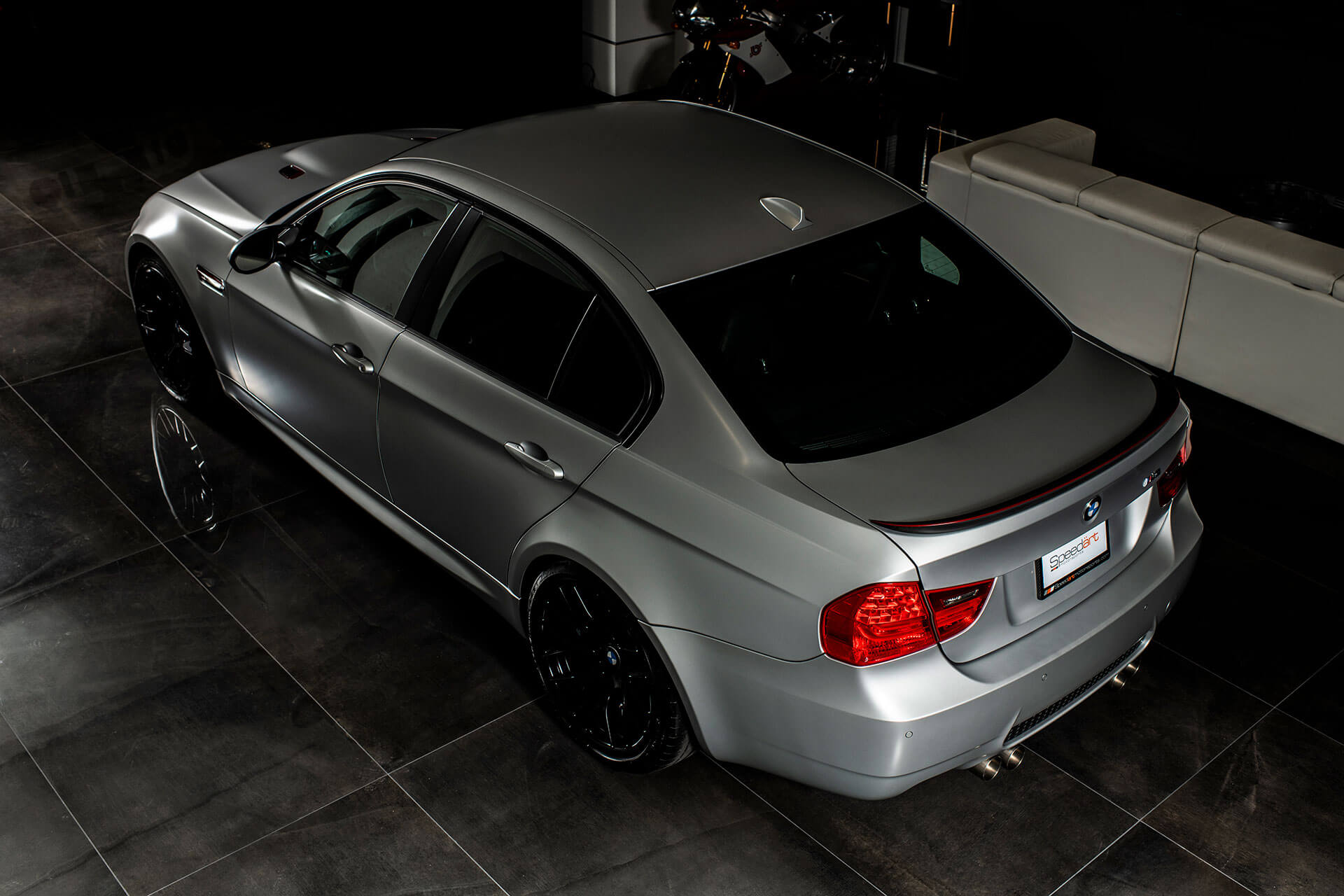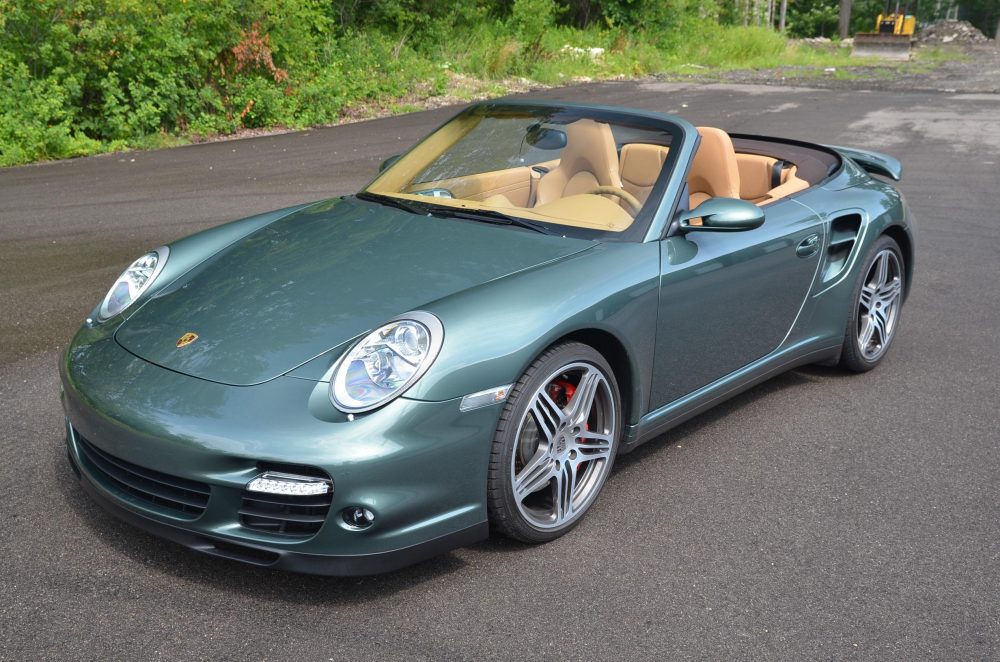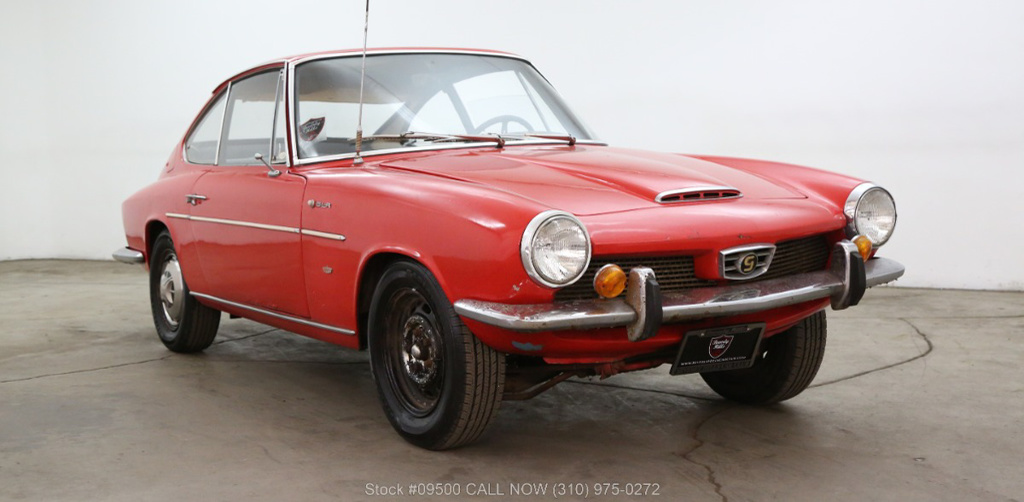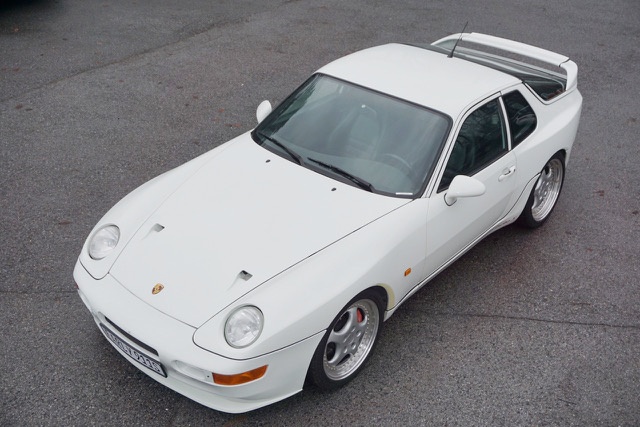
Although it certainly added up to more than the sum of its parts, on paper the Porsche 968 was a bit lacking compared to most of its competition. For example, for $2,000 less than the base price of a non-Sport package equipped 968, you could get a twin-turbocharged 300 horsepower Nissan 300ZX packed full of the latest technology. Or the also twin-turbocharged Dodge Stealth/Mitsubishi 3000GT VR-4 twins. Or the sublime turbocharged Mazda RX-7. And while the Supra Turbo came at a higher price, its performance was also on another level. One thing was clearly missing from the 968 package in order to compete.
Porsche’s Motorsport department, under the leadership of Jurgen Barth, solved this problem in 1993 by offering a turbocharged version of the 968 Clubsport. The 16V head was dropped for a development of the 944 Turbo S head and turbo, but the car retained the 3-liter bottom end. This comprised the M44.60 engine. The result was 305 horsepower and 368 lb.ft of torque. Unlike the 944 Turbos, the 968 Turbo S also got the 6-speed manual (G44.01) and 75% locking differential out of the Clubsport, too. Outside, an homage to the 924 Turbo came in the form of twin NACA ducts on the hood, and the Turbo S gained a huge spoiler in the rear with an adjustable center plane. The Turbo S also nabbed 911 goodies in the form of Turbo brakes and 3-piece Speedline wheels. The Clubsport’s 20mm lowered suspension was dropped even further. For good measure, Porsche Motorsport chopped another 45 lbs off the already lightened Clubsport, too. They featured the lightweight Clubsport interior, no rear seat, and few options. The performance figures were reportedly good enough to best 911 Carrera 3.8 RSRs of the period.
As well as anyone can figure, Porsche only constructed 14 968 Turbo Ss – 11 ’93s (VINS ending 061-071) and 3 ’94s (VINS 001, 061, and 062). Because they’re so rare and were never sold in America, in fact, even some Porsche fans on this side of the pond aren’t aware of their existence. They don’t come up for sale very frequently, but -001 is available right now:
